| February Visit to Indonesia |
| Commentary by Wayne Forrest |
| The ties that bind the US and Indonesia remain strong, but they are fraying. I arrived February 3 in Indonesia for 2 weeks amidst cutbacks to the USG, including our foreign aid and the quasi-US government institutions such as Asia Foundation(our friends there that helped us put together out December 9 event are all furloughed) and US Fulbright program. Our retreat from JETP and climate change mitigation moves us 180 degrees from where Indonesia is heading, and leaves our voice out of its EV future. Indonesia is preparing for additional US tariffs, and whatever good will that was generated by the Biden Administration’s Indo Pacific Economic Framework(IPEF) has dissipated. But frankly, Indonesia has been expecting less from the US in recent years. Its relationships with China, India, ASEAN and Middle East Gulf States are becoming much more central. Our embassy is staffed by excellent people, but their influence is diminished. Similarly, Indonesia has not been in any hurry to name a new ambassador to the US, but we can expect one soon now that President Trump has been inaugurated. Its never optimal when America’s strongest official connection to another nation is through our military but that is the consensus of many of the stakeholders I met with. However, Indonesia’s affinity with American products, sports, education and culture remains strong. Likewise, Americans will continue to buy tropical commodities they use daily (coffee, tea, botanicals, vanilla, pepper, nutmeg, etc.) that Indonesia supplies in large quantities. While the US and Indonesian governments recalibrate their approach to the bilateral relationship groups like AICC gain in importance.
Trade Ministry Budget Cutback Downstreaming and Investment Danantara Morowali Anyone owning or thinking of owning an electric vehicle is already dependent or will be dependent on what has been and will be developed at the Indonesia Morowali Industrial Park (IMIP) in Central Sulawesi, Indonesia. Furthermore, more and more of the world’s supply of stainless steel and related products are produced here. Created in 2015 after Indonesia banned the export of raw nickel, it currently employs 90,000 workers, encompasses 550 hectares (21 square miles). 54 companies, mostly from Chinese have operations here. An estimated 30% of the country’s GDP comes from this area along the east coast of Sulawesi. More importantly, low grade versions of nickel ore, which until only a few years ago were considered a waste byproduct can now be turned into an intermediate material used in the production of electric batteries. Around 2010 Indonesia instituted a ban on the export of raw nickel. Chinese companies, who were the dominant buyers, began moving processing facilities south to Morowali close to not only the nickel reserves, but also Indonesia’s coal fields. Although stainless steel is the main product produced in Morowali, there are also factories for many other finished and semi-finished products. (i.e. nickel pig iron, nickel sulfate, carbon steel, nickel matte, as well as manganese and lithium products used in the EV supply chain. Senior managers I met were all Chinese, none spoke Indonesian. Indonesians are not yet trusted with the key metallurgical engineering and process jobs. There is an MA and PhD college program in metals engineering that may one day change the ratio. But not yet. According to a senior Australian I met, only about 10% of the Chinese workforce can speak Indonesian. Almost every senior Chinese manager or engineer was 40 or under, many had 10 years’ experience at Chinese nickel processing facilities either in China or in other countries such as Papua New Guinea. The whole enterprise reminds me of Chevron 40 years ago where you would see many Americans, English on signs, the housing layout smacked of an American suburb, and the mess halls served burgers and milkshakes. Gradually a process of Indonesianization took place and the same will take place in Morowali. Coal is the sole source of fuel for Morowali’s 12 power plants. I saw a lot of solar panels and a solar farm is under construction. But it will only account for a drop in the bucket of the power needs. Morowali’s activity creates a huge dilemma: what do with the leftover dirt, the tailings. The hydrochloric acid can be neutralized, but toxins remain in the dried tailings. Rain becomes an issue. Nickel Industries (An Australian company with several JV’s in Morowali, showed us a plan to manage them sustainably. They admitted occasional differences with their Chinese partners on important environmental and other issues, but the spirit of cooperation was strong. Together Australian and Chinese engineers are planning a new carbon neutral HPAL facility. This promising JV will help flip the narrative that the Morowali is not environmentally sustainable, unworthy of a US critical minerals agreement which Indonesia desired in the Biden years. (It remains to be seen whether it will continue to seek one under the Trump administration.) The core smelting process that is attracting billions in new investment is HPAL, a complex chain of chemical treatments of nickel ore that ultimately creates a greenish, rock-like substance called MHP. HPAL involves huge temperatures, high pressures, and sulfuric acid. It’s a technology that’s been around for years, but beginning in 2015 the Chinese figured out how to make it much less expensive. Nickel mining is essentially surface mining with several layers, the top ones containing the most valuable nickel and the bottom layers, usually discarded. All of sudden all that wasted dirt became very valuable. Not only are large metallurgical conglomerates such as Tsinghan building their own HPAL facilities, they are also forming joint ventures with Western nickel companies such as Nickel Industries (Australian) and Vale (Brazilian). Tsingshan has a museum of nickel under construction that honors the three 2019 Nobel prize winners for lithium battery chemistry (An American, a Brit, and a Japanese). There was also a place of honor for a Chinese metallurgy professor whose work furthered HPAL (a process first used in 1960’s). The engineers who had studied with this professor told me their text book paid homage to American advances in HPAL. Morowali is a story of how a country, China, saw a big need early, and put its army of engineers to work. (30-40% of Chinese college graduates major in engineering compared to 6% in the US). So, Morowali, is not “all Chinese”. It has portals to Western investors and notions of environmental sustainability which will be key to the long-term viability of IMIP but also Indonesia’s dream to be a major player in the world’s EV future. I am glad I did not “shun” it. I left Indonesia with a sense that America’s presence is slipping a bit. Perhaps, we could reverse this with our own industrial park populated by our best engineering, AI, health and digital technology companies. It would be in America’s interest in such a huge market. A very tall order that would require the leaderships of both governments to make a reality. A topic for a future Trump-Prabowo bilateral? Unlikely, but one can dream. |
American Indonesian Chamber of Commerce
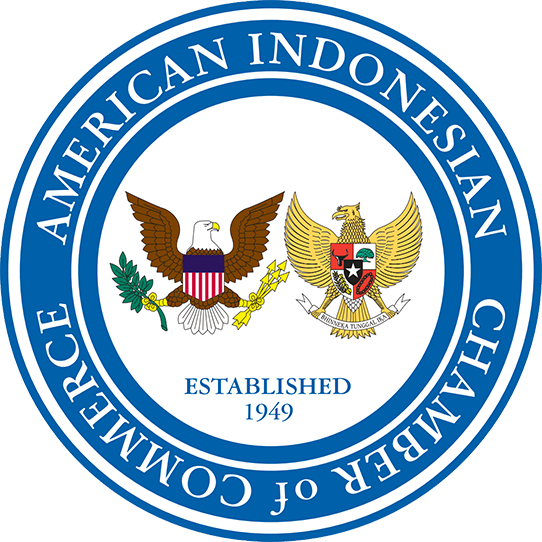
- HOME
- ABOUT AICC
- The History of AICC
- Major Initiatives
- Trade, Tourism, and Investment Program (TTI)
- Opportunity Indonesia
- Introducing Indonesia: Scholastic Ambassador Program
- Preventing A Lost Generation
- Comprehensive Indonesian-English Dictionary
- Sustain Sumatra
- 10 Year’s After: A nationwide public awareness program
- Support to Mandiri Craft
- Congressional Staff Visit
- Business and Cultural Programs in Dallas, Texas
- US-Indonesia Women’s CEO Summit
- Topeng Sehat: AICC Initiative Against COVID-19
- 2021 Shipping NYC Surplus PPE To Indonesia
- Board of Directors
- Membership Benefits
- FAQ
- Membership Registration and Forms
- EVENTS
- LINKS
- TRADE LEADS
- LATEST NEWS/COMMENTARY
- DOING BUSINESSS
- COUNTRY DATA
- BLOG POSTS
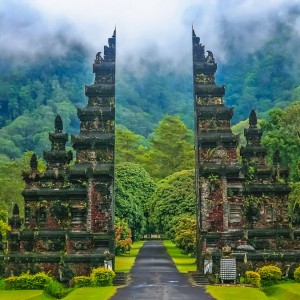
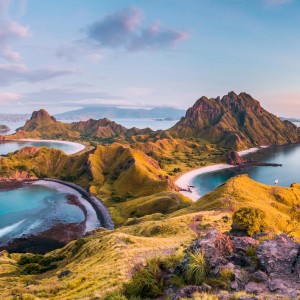
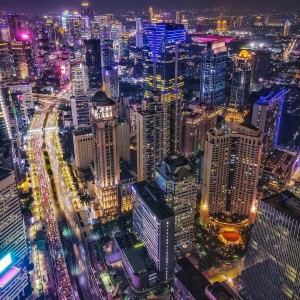
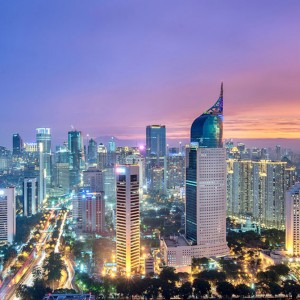
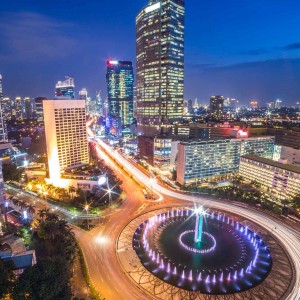
AMERICAN INDONESIAN CHAMBER OF COMMERCE




